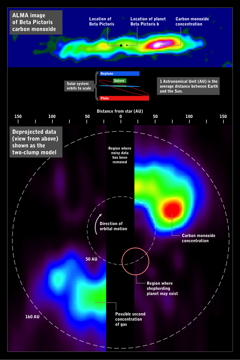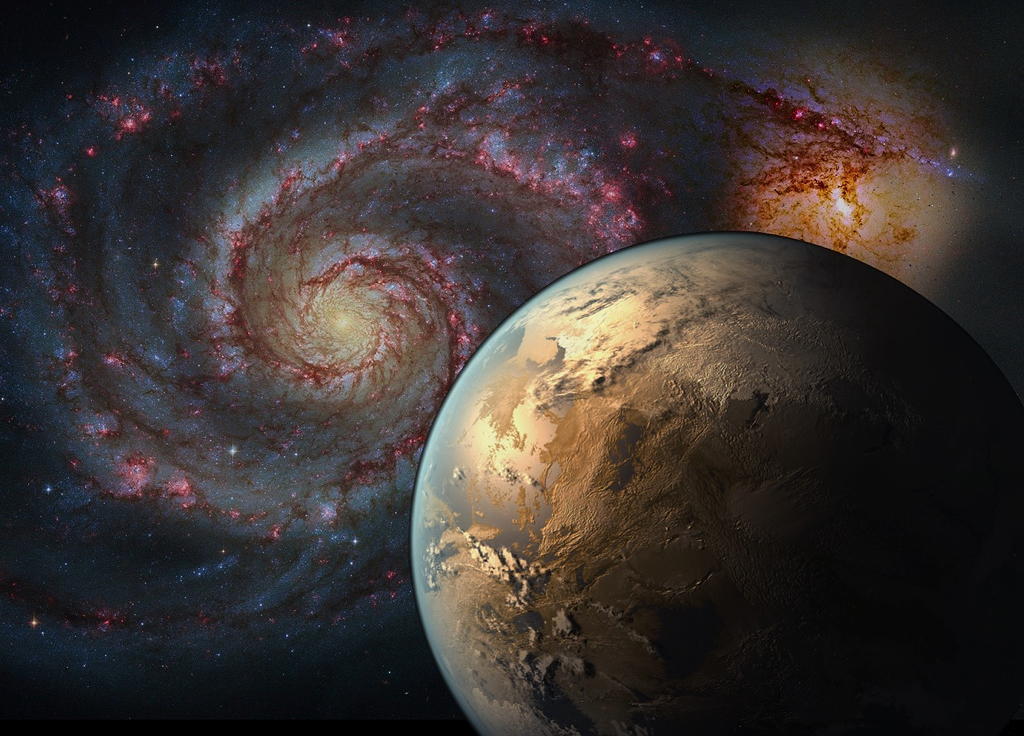
|
Aki Roberge
NASA Goddard Space Flight Center |
|
My work focuses on 1) observations of planet-forming disks around nearby young stars and 2) development of future space telescopes to observe exoplanets and/or perform ultraviolet astronomy. My thoughts on "The Search for Life", NASA Curious Universe podcast (2022) A short video I narrated about discovery of carbon monoxide gas clumps - and maybe an unseen exoplanet - around the young star Beta Pictoris (2014) Selected Professional ActivitiesHabitable Worlds Observatory, Pre-Formulation Scientist (2024-present) Associate Director for Technology & Strategy, Astrophysics Division, NASA Goddard (2022-present) Nancy Grace Roman Space Telescope, Deputy Program Scientist (2020-2021) NASA Science Mission Directorate Large Mission Study, core team member (2019-2020) LUVOIR Decadal Survey Mission Concept Study, NASA Study Scientist (2016-2019) NASA Astrophysics Roadmap, team member (2013) |
 Planet formation in action around Beta Pictoris [Credit: ALMA / NASA GSFC / F. Reddy] |
||
Selected Projects |
|||
|
I am currently serving as the interim Pre-Formulation Scientist for the Habitable Worlds Observatory (HWO) mission concept. HWO was recommended by the 2020 US Astrophysics Decadal Survey as NASA's next flagship space telescope after the Nancy Grace Roman Space Telescope. HWO will be designed to find out if habitable exoplanets like the Earth are common or rare and search them for signs of life. HWO would also enable great leaps forward in a broad range of space science, from the early universe, through galaxy formation and evolution, star and planet formation, to remote sensing of Solar System bodies. From 2016 to 2019, I was the Study Scientist for the LUVOIR Decadal Survey Mission Concept Study, one of the earlier space telescope concepts that fed into HWO. |
 The science of HWO, from galaxy formation to living worlds [Credit: NASA / A. Roberge] |
||


